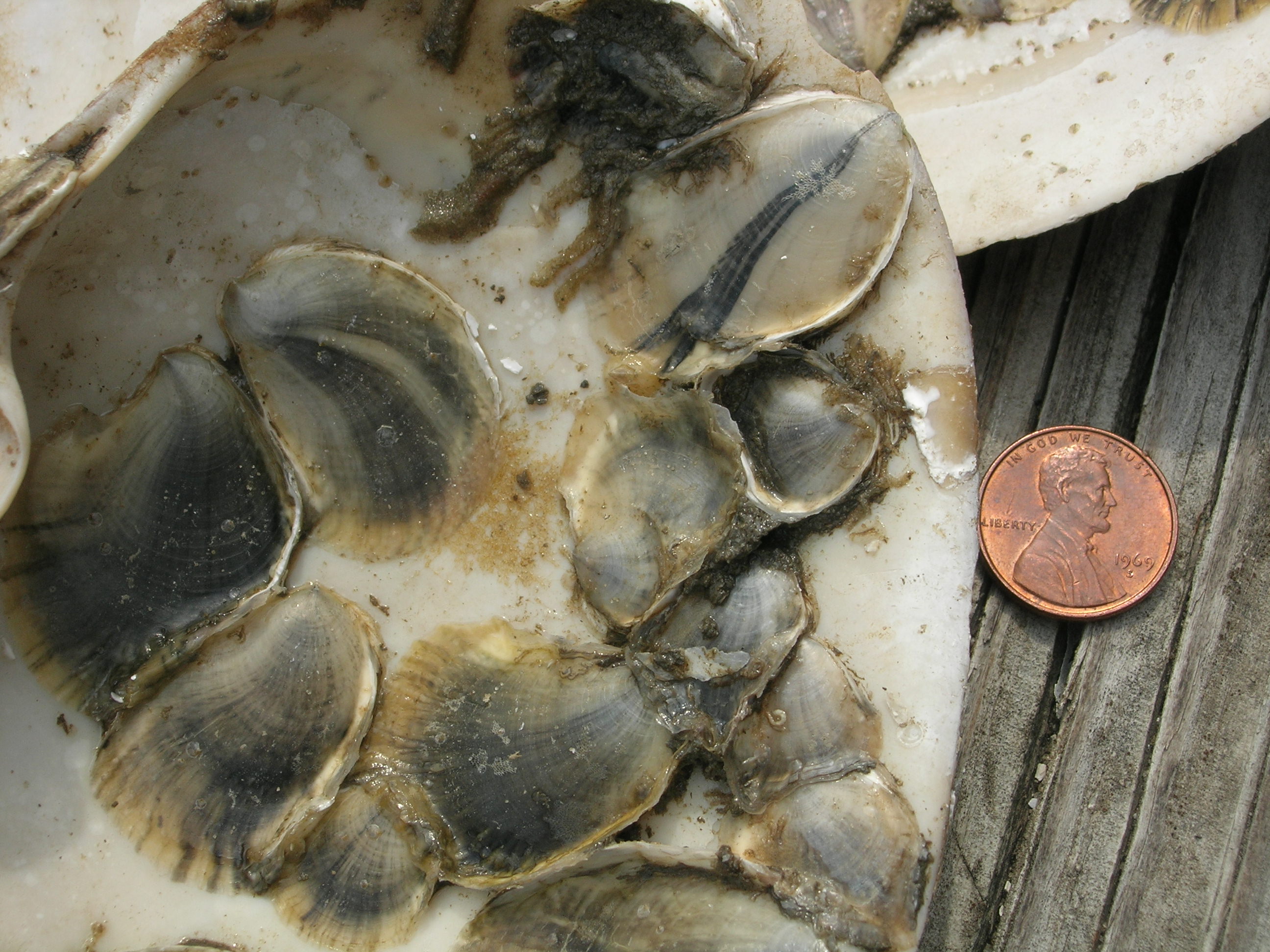

We are lucky that enough of our oyster population remains to produce larvae to repopulate reefs in most of our estuaries North Carolina is in far less dire straits than the Chesapeake Bay, so there’s hope. We are the only state that has both types of reefs on our coast.
OYSTER SPAT RECRUITMENT PATCH
Oyster habitat in North Carolina ranges from deep water reefs in the Pamlico Sound (sub-tidal) to low relief patch reefs in intertidal waters and reefs fringing salt marshes along our estuarine shorelines (intertidal). Oyster cultch planting Restoring Oysters and Water Quality One healthy oyster reef can be home to more than an estimated 300 different adult and juvenile organisms including southern flounder, shrimp, clams and blue crabs. As oysters filter, they also provide an important link in the estuarine food web by transferring nutrients from the surface (plankton) to the bottom (benthos).įish Habitat – Oyster reefs provide essential habitat for a diverse collection of aquatic animals, including many important commercial and recreational fish species. An adult is capable of filtering up to 50 gallons of water a day. Oyster reefs support the production of more crabs and finfish valued at over $62 million annually.įilter – As filter feeders, oysters remove harmful pollutants, sediment and excess algae from the water. These values are often referred to as the three “Fs”, for short: food, filter and fish habitat. Our native eastern oysters ( Crassostrea virginica) provide these vital functions free of charge.įood – Oysters support a viable commercial and recreational fishery that is an important part of North Carolina’s cultural heritage and economy. Oysters and the reefs that they form provide many ecological, economic and social benefits.


 0 kommentar(er)
0 kommentar(er)
